Crete’s interior mountains and remote coastlines harbor villages that operate on ancient rhythms, where goat bells still mark time more accurately than tour bus schedules. These settlements cling to hillsides and nestle in valleys that tour operators have either overlooked or deemed too difficult to reach, creating enclaves of authentic Cretan life, largely unchanged by tourism. The absence of souvenir shops and tour groups means these villages offer something increasingly rare — genuine encounters with local culture that haven’t been packaged for consumption.
Many of these communities survive through traditional occupations like farming, fishing, and olive oil production, with tourism playing a minimal role in their economic survival. Here’s a list of 19 Crete villages where authenticity isn’t a marketing strategy but simply a way of life.
Loutro
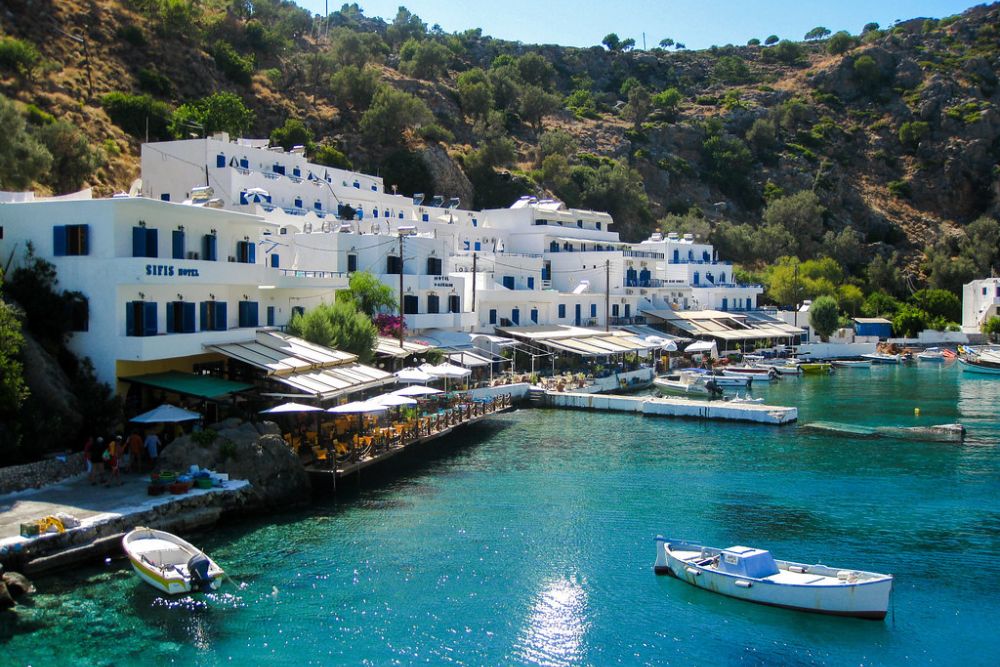
This car-free fishing village sits at the bottom of a dramatic gorge on Crete’s southern coast, accessible only by boat or hiking trail. The absence of roads means the village maintains its traditional character, with whitewashed buildings clustered around a small harbor where fishing boats still outnumber pleasure craft.
Local tavernas serve fish caught that morning by the same families who’ve been fishing these waters for generations. The village’s isolation protects it from development, creating a time capsule of traditional Cretan coastal life.
Anopolis
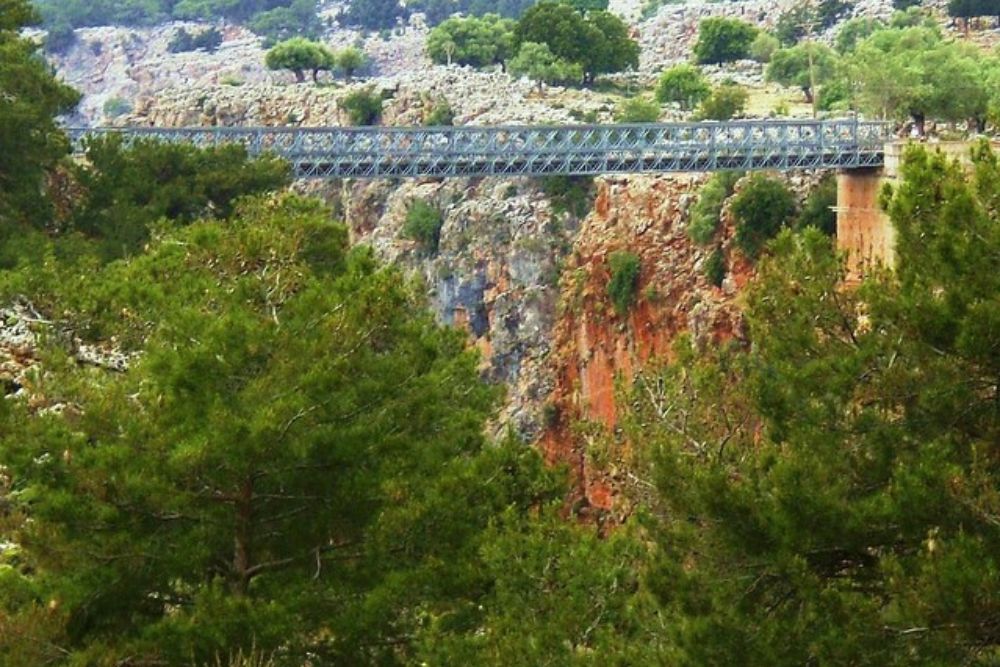
Perched high in the White Mountains, this village serves as a gateway to some of Crete’s most remote hiking trails while maintaining its agricultural traditions. The surrounding landscape of olive groves and vineyards provides most residents with their livelihood, creating a largely self-sufficient community.
Traditional stone houses dot the hillsides, many still occupied by families who’ve lived here for centuries. The village’s kafenio serves as the social center, where locals gather to discuss weather, crops, and the occasional hiker who passes through.
Like Travel Pug’s content? Follow us on MSN.
Kapetaniana
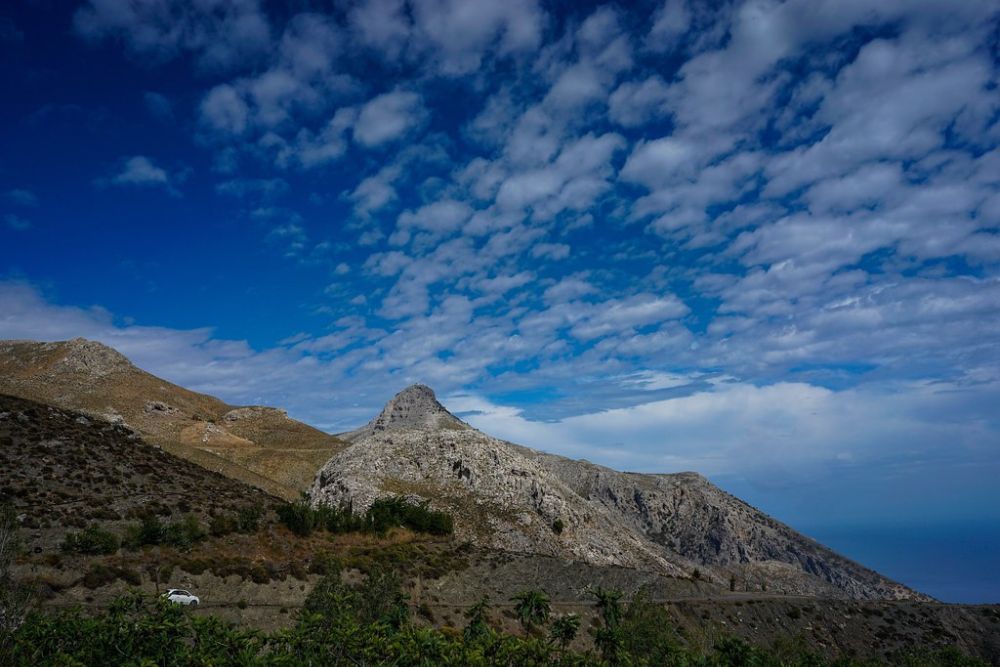
This mountain village in the Asterousia range remains almost entirely off the tourist radar, with traditional architecture and farming practices that have changed little over the decades. The village’s location in a remote valley requires a winding mountain road that discourages casual visitors, leaving it largely to the locals who tend their olive groves and raise goats.
Stone houses with traditional flat roofs dot the landscape, many still using rainwater collection systems that date back generations. The village’s single taverna opens sporadically, serving simple meals to the occasional hiker or local shepherd.
Milia
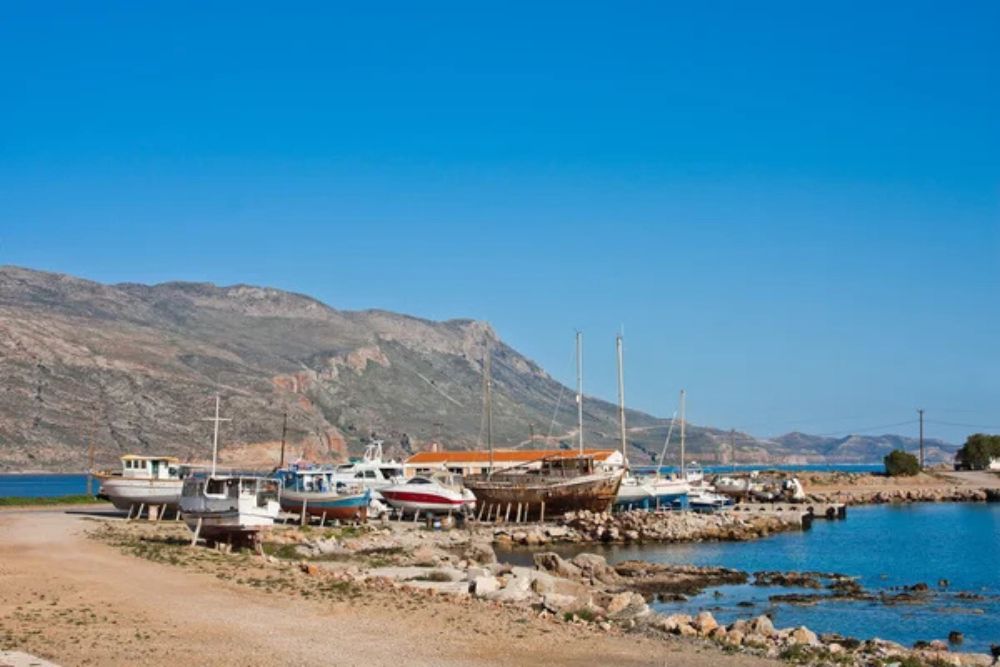
This eco-village in the Kissamos region operates as a restored traditional settlement where visitors can experience authentic Cretan rural life without the commercialization found elsewhere. The stone houses have been carefully restored using traditional materials and techniques, creating accommodations that feel genuinely historical rather than themed.
Local families still farm the surrounding land using organic methods, providing the village with fresh produce and maintaining the agricultural landscape. The absence of modern distractions like televisions and air conditioning encourages guests to engage with the natural environment and the traditional way of life.
Topolia

Nestled in a valley between dramatic limestone cliffs, this village maintains its traditional character through continued agricultural practices and limited development. The famous Agia Sofia cave nearby attracts some visitors, but the village itself remains largely unchanged by tourism.
Local families continue to produce olive oil, wine, and cheese using methods passed down through generations. The village’s single kafenio serves as the community center, where traditional music sessions occasionally break out on summer evenings.
Like Travel Pug’s content? Follow us on MSN.
Kournas
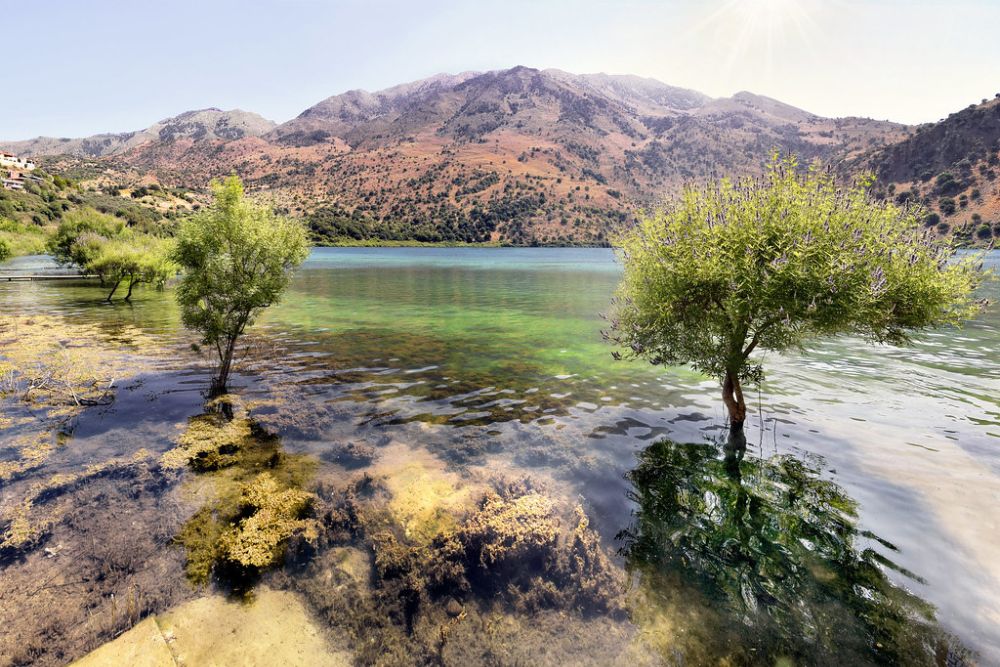
This lakeside village sits beside Crete’s only natural freshwater lake, yet remains relatively undiscovered compared to the island’s coastal destinations. The village’s traditional architecture and agricultural focus have been preserved partly due to its inland location and the protective regulations around the lake.
Local tavernas serve simple meals featuring ingredients from surrounding farms, while the lake provides a peaceful setting for reflection and birdwatching. The absence of large hotels or organized tour groups means visitors experience the area at a more contemplative pace.
Vouves

Home to one of the world’s oldest olive trees, this village maintains its agricultural identity despite the ancient tree’s status as a natural monument. The massive olive tree, estimated to be over 3,000 years old, still produces olives that locals press into oil using traditional methods.
The village’s economy continues to revolve around olive cultivation, with many families operating small-scale oil production facilities. Traditional stone houses cluster around the ancient tree, creating a living museum of Cretan agricultural heritage.
Kolymbari

This coastal village maintains its fishing traditions despite growing slowly as a quiet alternative to busier resort towns. The local harbor still hosts working fishing boats alongside a few pleasure craft, with tavernas serving fish caught by local fishermen.
The village’s growth has been organic rather than planned, with new construction following traditional architectural styles. The nearby Gonia Monastery adds cultural depth to the area while the unspoiled beaches provide natural beauty without resort development.
Like Travel Pug’s content? Follow us on MSN.
Kissamos

This port town maintains its working character as a ferry terminal and fishing harbor, with tourism playing a secondary role to traditional economic activities. The town’s central square buzzes with local life, from coffee shops filled with fishermen to markets selling local produce.
Traditional architecture dominates the older sections, while newer development has been kept to a human scale. The surrounding countryside offers hiking opportunities and traditional villages that see few tourists.
Archanes

This wine-producing village maintains its agricultural focus while slowly developing a reputation among wine enthusiasts seeking authentic Cretan vintages. The village’s location in the foothills of Mount Juktas provides ideal conditions for viticulture, with family-owned wineries producing small quantities of high-quality wine.
Traditional architecture has been preserved through careful restoration rather than reconstruction, creating an authentic atmosphere. The village’s festivals celebrate local wine and food traditions rather than catering to tourist expectations.
Thrapsano

This pottery village continues a craft tradition that dates back over 3,000 years, with local families still creating traditional ceramics using ancient techniques. The village’s workshops produce both functional pottery for daily use and decorative pieces that reflect traditional Cretan designs.
Clay deposits in the surrounding hills provide raw materials, while traditional kilns fire the pottery using methods unchanged for centuries. The village’s narrow streets are lined with pottery studios where visitors can watch craftsmen at work.
Like Travel Pug’s content? Follow us on MSN.
Zaros
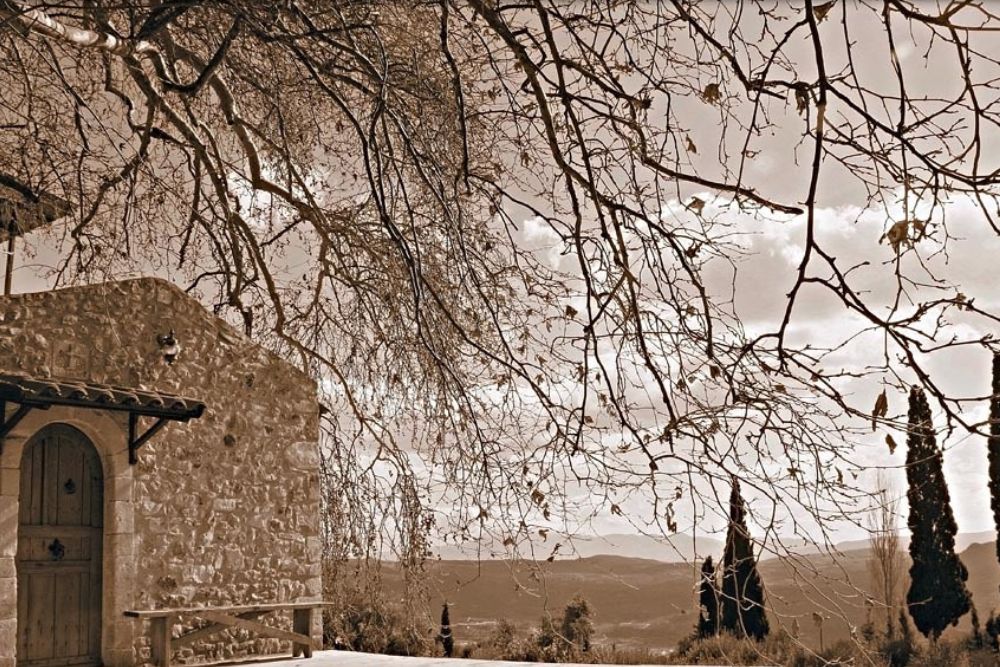
This mountain village sits in a valley known for its natural springs and traditional trout farming, maintaining its rural character despite growing recognition for its natural beauty. The village’s economy centers on agriculture and small-scale aquaculture, with local tavernas serving fresh trout alongside traditional Cretan dishes.
Traditional stone architecture dominates the village center, while the surrounding landscape offers hiking trails through unspoiled countryside. The natural springs provide crystal-clear water that supports both the trout farms and the village’s drinking water supply.
Margarites
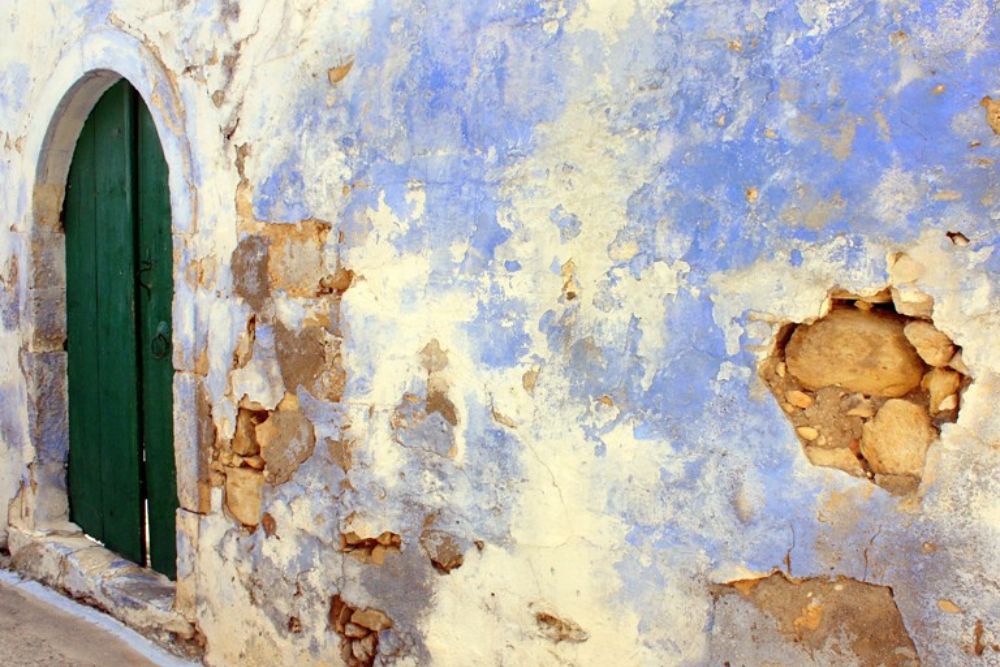
This pottery village maintains traditional ceramic production methods that have been passed down through generations, creating functional and decorative pieces that reflect authentic Cretan craftsmanship. The village’s narrow streets are lined with pottery workshops where visitors can watch skilled artisans shape clay using techniques that predate modern equipment.
Local families continue to operate small-scale pottery businesses, with each workshop maintaining its distinctive style and specialties. The village’s focus on traditional crafts has helped preserve its character while providing sustainable employment for residents.
Psychro
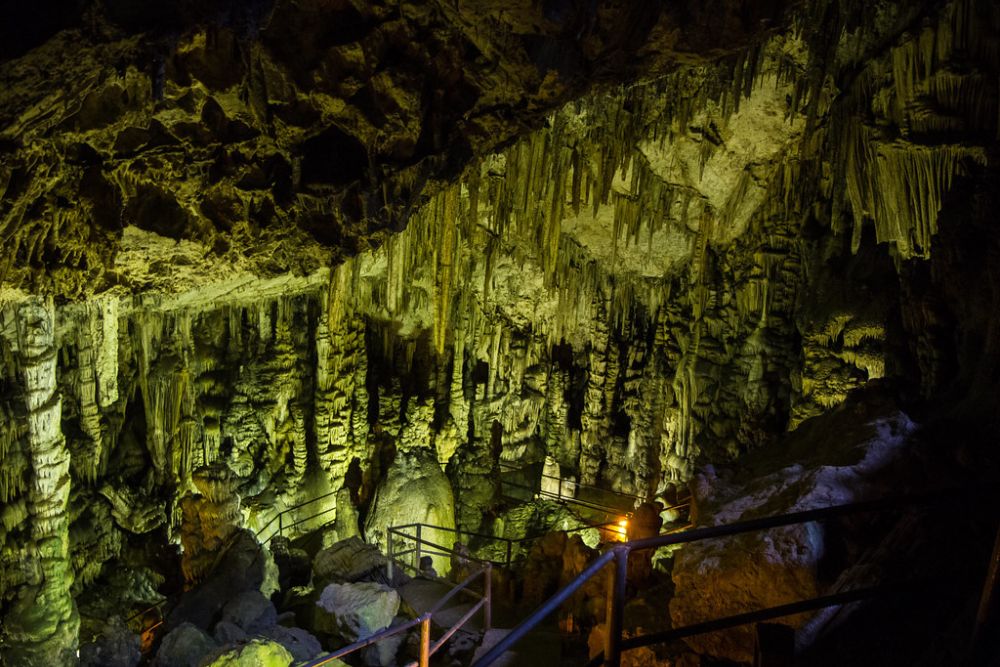
This mountain village sits near the Dikteon Cave, legendary birthplace of Zeus, yet remains largely unchanged by the tourism around the legendary cave. The village’s traditional architecture and agricultural practices continue unchanged, with local families farming the surrounding mountain slopes.
Traditional stone houses with flat roofs dot the landscape, many still using rainwater collection systems. The village’s single taverna serves simple meals to the occasional cave visitor, but the community’s life revolves around farming rather than tourism.
Like Travel Pug’s content? Follow us on MSN.
Palekastro
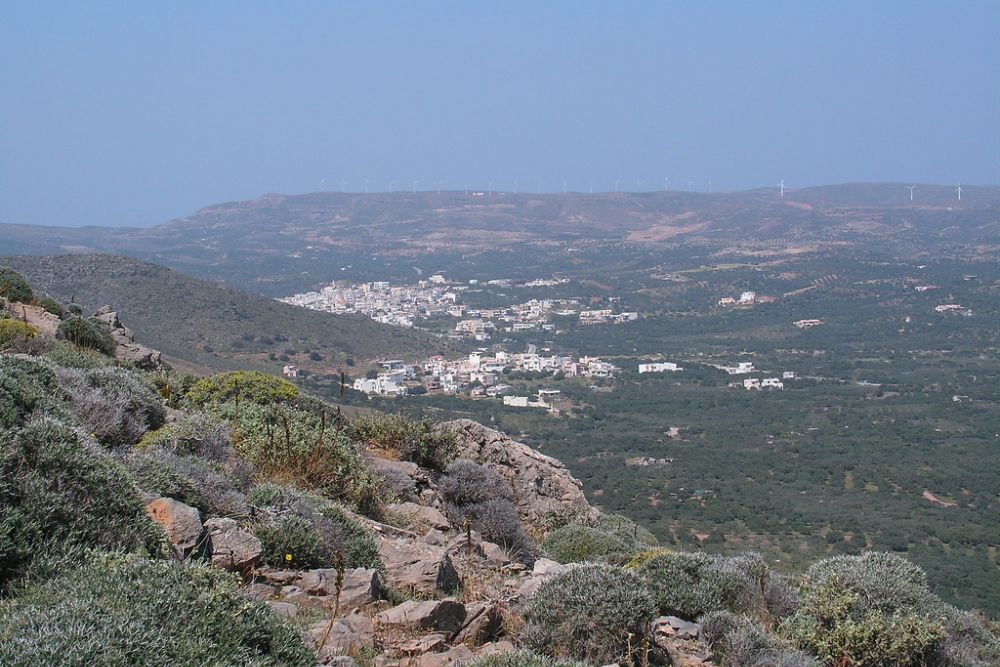
This archaeological site village retains its authentic way of life despite the presence of ancient Minoan ruins that attract scholars and history enthusiasts. The modern village coexists with the archaeological site, with local families continuing to farm the surrounding land as their ancestors did.
Traditional architecture dominates the village center, while the nearby ruins provide historical context without overwhelming the community’s contemporary life. The village’s economy balances agriculture with the modest influx of archaeological visitors.
Lentas

This remote coastal village maintains its fishing traditions while offering a peaceful alternative to Crete’s developed resort areas. The village’s location on the southern coast requires a winding mountain road that discourages casual visitors, preserving its traditional character.
Local tavernas serve fresh fish caught by village fishermen, while the dramatic coastline provides swimming and hiking opportunities. The absence of large hotels or organized facilities means visitors experience the area at a more contemplative pace.
Kritsa
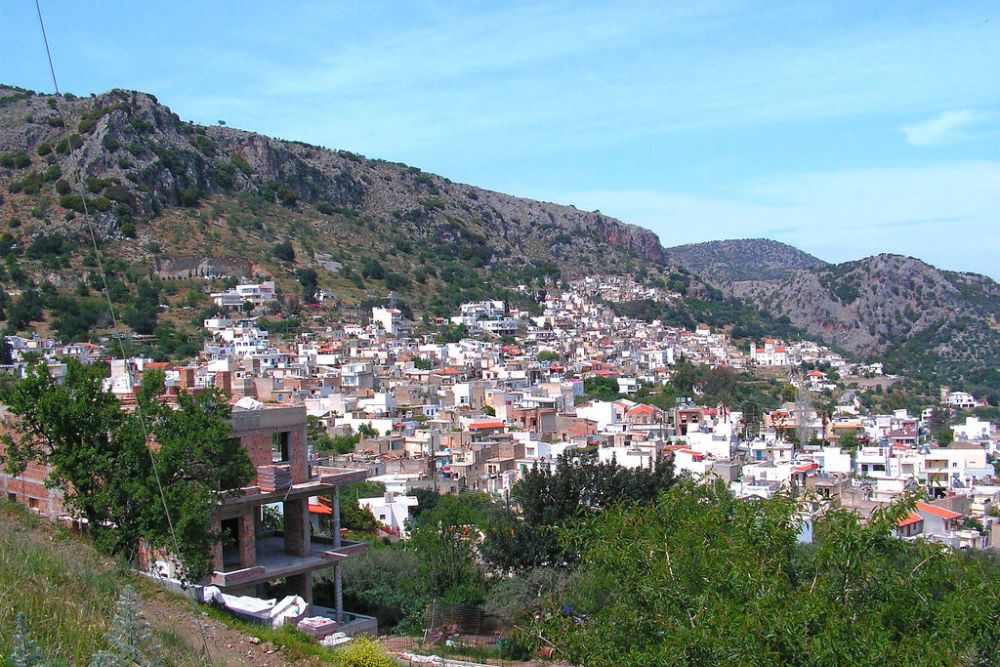
This mountain village maintains its traditional weaving and embroidery traditions while serving as a base for exploring the nearby Lassithi Plateau. The village’s narrow streets are lined with traditional houses where local women continue to create textiles using methods passed down through generations.
Traditional crafts provide supplemental income for many families, with small shops selling authentic handmade goods. The village’s location provides access to hiking trails and traditional mountain communities that see few tourists.
Like Travel Pug’s content? Follow us on MSN.
Paleochora

This fishing village preserves its heritage despite growing slowly as a destination for independent travelers seeking authentic experiences. The village’s economy still centers on fishing and agriculture, with tourism playing a supporting rather than dominant role. Traditional architecture has been preserved through careful development that respects the village’s scale and character.
The surrounding countryside offers hiking opportunities and traditional villages that remain largely untouched by commercial tourism.
Sternes
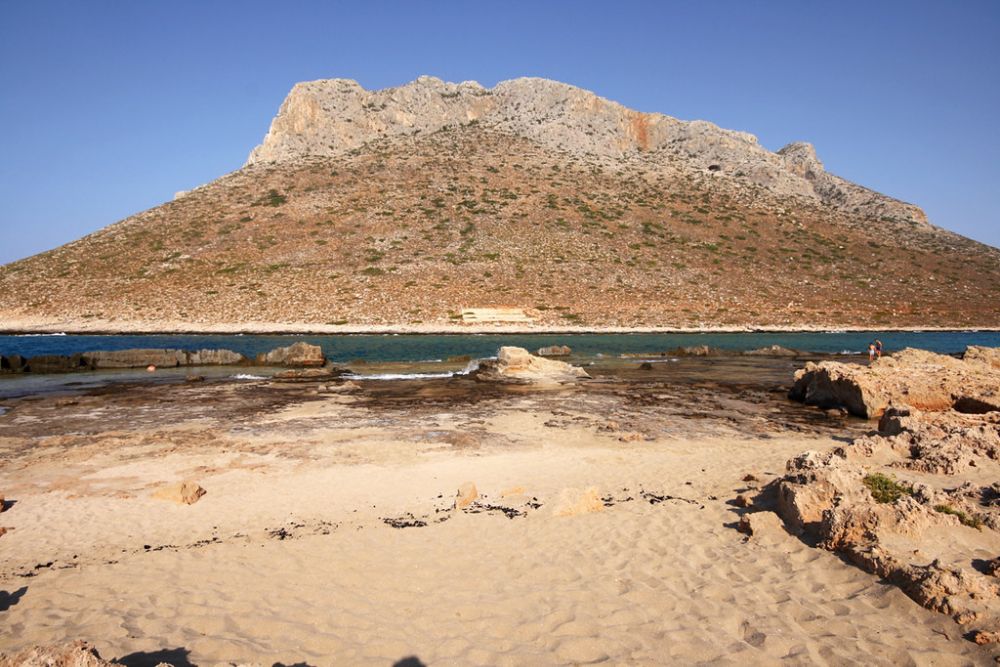
This remote village in the Akrotiri Peninsula keeps its original charm through continued agricultural practices and limited development. The village’s location off the main tourist routes has preserved its authentic atmosphere, with traditional architecture and farming practices unchanged for generations.
Local families continue to produce olive oil, wine, and cheese using traditional methods, while the village’s single taverna serves simple meals featuring local ingredients. The absence of modern tourism infrastructure means visitors experience the area as locals do.
Where Time Moves Differently
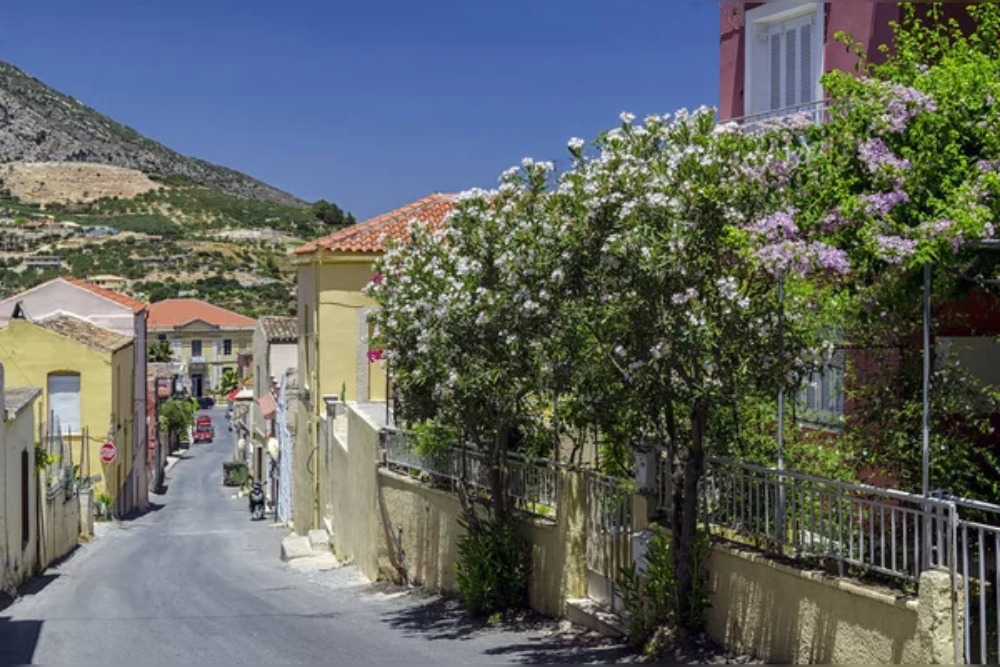
These villages prove that Crete’s authentic character survives in places where tourism hasn’t become the primary economic driver, creating opportunities for genuine cultural exchange rather than staged encounters. Each community maintains its traditional practices not as tourist attractions but as living expressions of Cretan identity, offering visitors the chance to witness rather than consume local culture.
The island’s diverse landscape and strong agricultural traditions ensure that these authentic communities will continue to thrive, providing refuges from the modern world for both locals and the occasional thoughtful traveler who seeks them out.
More from Travel Pug

- 20 Best Beach Towns in the Carolinas
- 13 Destinations Where Tourists Regularly Regret Their Trip
- 20 Things You Actually Get in First Class
- 20 Small Airports With Aviation Museums
- 20 Places in the U.S. That Are Perfect for a Reset Trip
Like Travel Pug’s content? Follow us on MSN.
